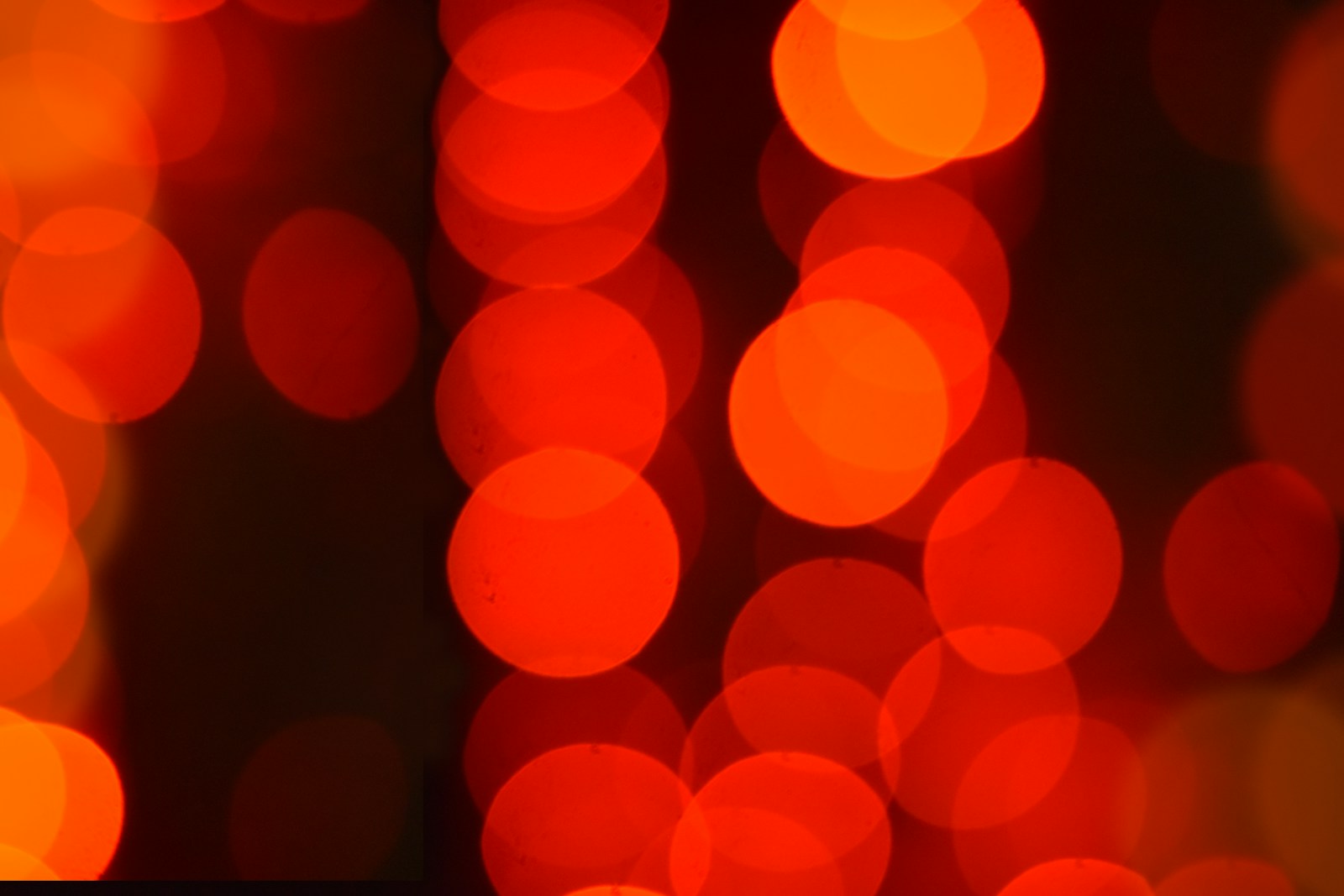Based on https://www.nature.com/articles/s41598-021-02311-1, “Weeklong improved colour contrasts sensitivity after single 670 nm exposures associated with enhanced mitochondrial function,” published in Scientific Reports on November 24, 2021.
What if a three-minute burst of red light could rewind the clock on your aging eyes? It sounds like science fiction, but a study published in Nature’s Scientific Reports in November 2021 suggests it’s very real. Researchers found that a single exposure to 670 nm light—think deep red, just beyond what we typically see—can improve color contrast sensitivity in people aged 37 to 70 for up to a week. The secret? It’s all about giving your mitochondria a tune-up.
Mitochondria and the Aging Eye
Let’s start with the basics. Mitochondria are the powerhouses of our cells, churning out ATP, the energy currency that keeps everything running. But as we age, these tiny engines start to sputter, especially in high-energy-demand areas like the retina—the part of your eye that detects light and color. When mitochondrial function declines, so does your vision. Colors get harder to distinguish, particularly for cones, the cells responsible for seeing in daylight.
The researchers had a hunch: what if long-wavelength light, like 670 nm, could give those mitochondria a boost? Previous animal studies showed that weeks of red light exposure improved ATP production, likely by making the water around ATP pumps less “sticky” (a fancy way of saying it improves efficiency). But this study took it a step further—could a single, short dose do the trick in humans?
The Experiment: Three Minutes of Red Magic
The team tested 20 participants aged 37 to 70, exposing them to just three minutes of 670 nm light. They focused on cone-mediated color contrast sensitivity—essentially, how well people could tell apart colors like red and green or blue and yellow. The results were striking: after that single exposure, participants’ color vision improved significantly, reaching levels typical of younger adults. Even better, the effect lasted a full week.
Here’s the catch: timing matters. The light worked best when delivered in the morning, likely because our eyes’ cones are more active then. In today’s world of artificial lighting, where we’re rarely in true darkness, cone function is critical—so this boost could make a real difference.
Why Red Light Works
So, what’s going on under the hood? The researchers think 670 nm light penetrates deep into the retina, where it interacts with mitochondria. By reducing the viscosity of water around ATP pumps, it helps them spin more efficiently, cranking out more energy. For the retina, which guzzles energy like a sports car burns fuel, this extra juice translates to sharper color perception.
Unlike earlier studies that used weeks of exposure or higher energy levels, this one showed that less is more—a quick, low-energy zap was enough. It’s a bit like jump-starting a car battery: you don’t need to rebuild the engine, just give it a spark.
What This Could Mean
Imagine popping on a pair of red-light goggles for a few minutes each week to keep your vision sharp as you age. This study hints at that possibility. While it’s early days, the implications are exciting—not just for vision, but for other age-related declines tied to mitochondrial fatigue. Could red light therapy become a simple, non-invasive way to fight the wear and tear of time?
For now, the findings are a proof of concept. The sample size was small, and more research is needed to see if the benefits hold up across larger groups or extend beyond a week with repeated doses. But it’s a promising step toward understanding how something as simple as light could help us see the world more vividly.
The Takeaway
The Scientific Reports study shines a literal and figurative light on aging. A single three-minute dose of 670 nm red light can perk up your mitochondria and your vision, offering a weeklong boost to color sensitivity. It’s a small but fascinating glimpse into how we might harness light to keep our bodies humming along—even as the years pile up.

Leave a Reply